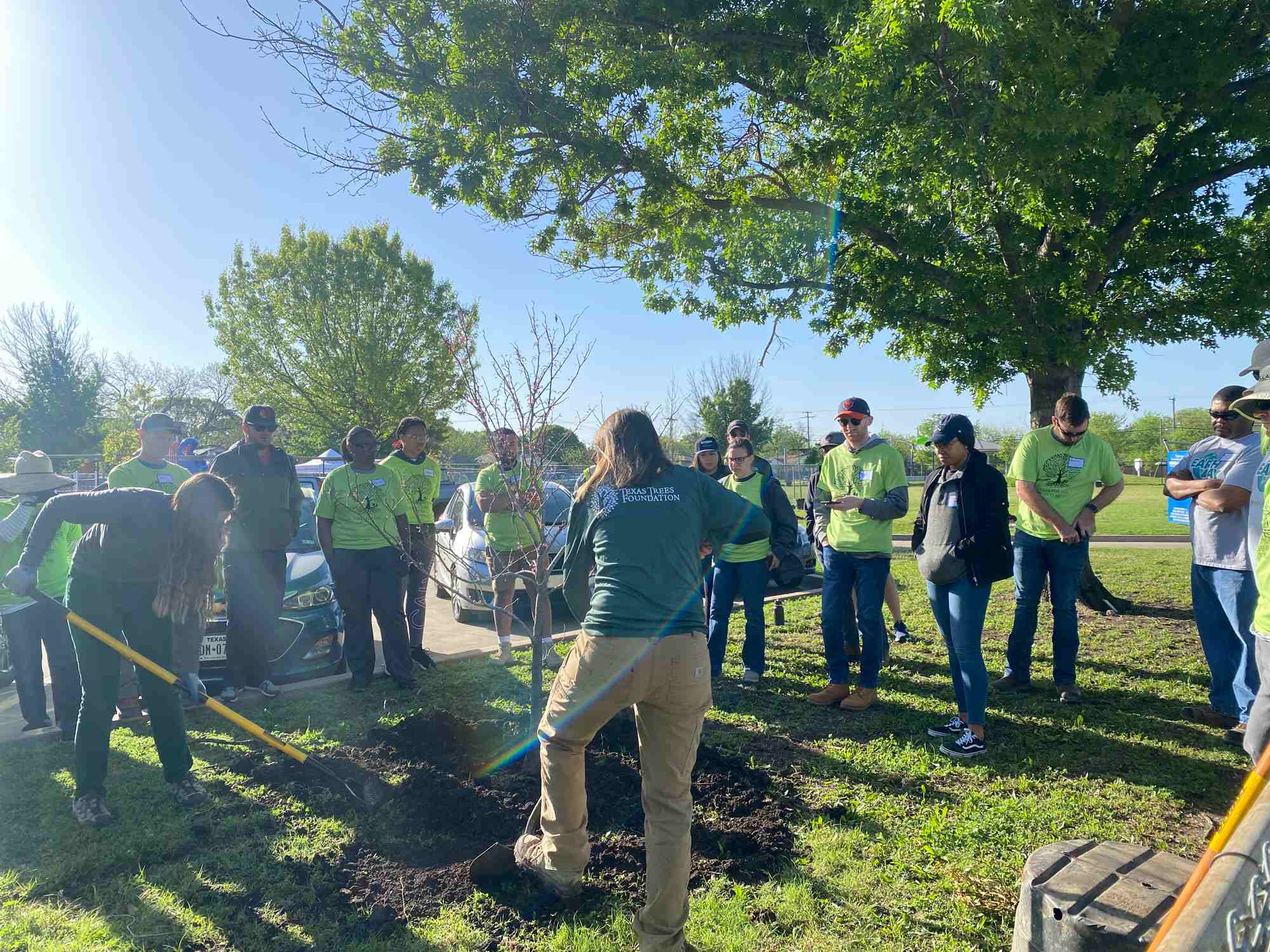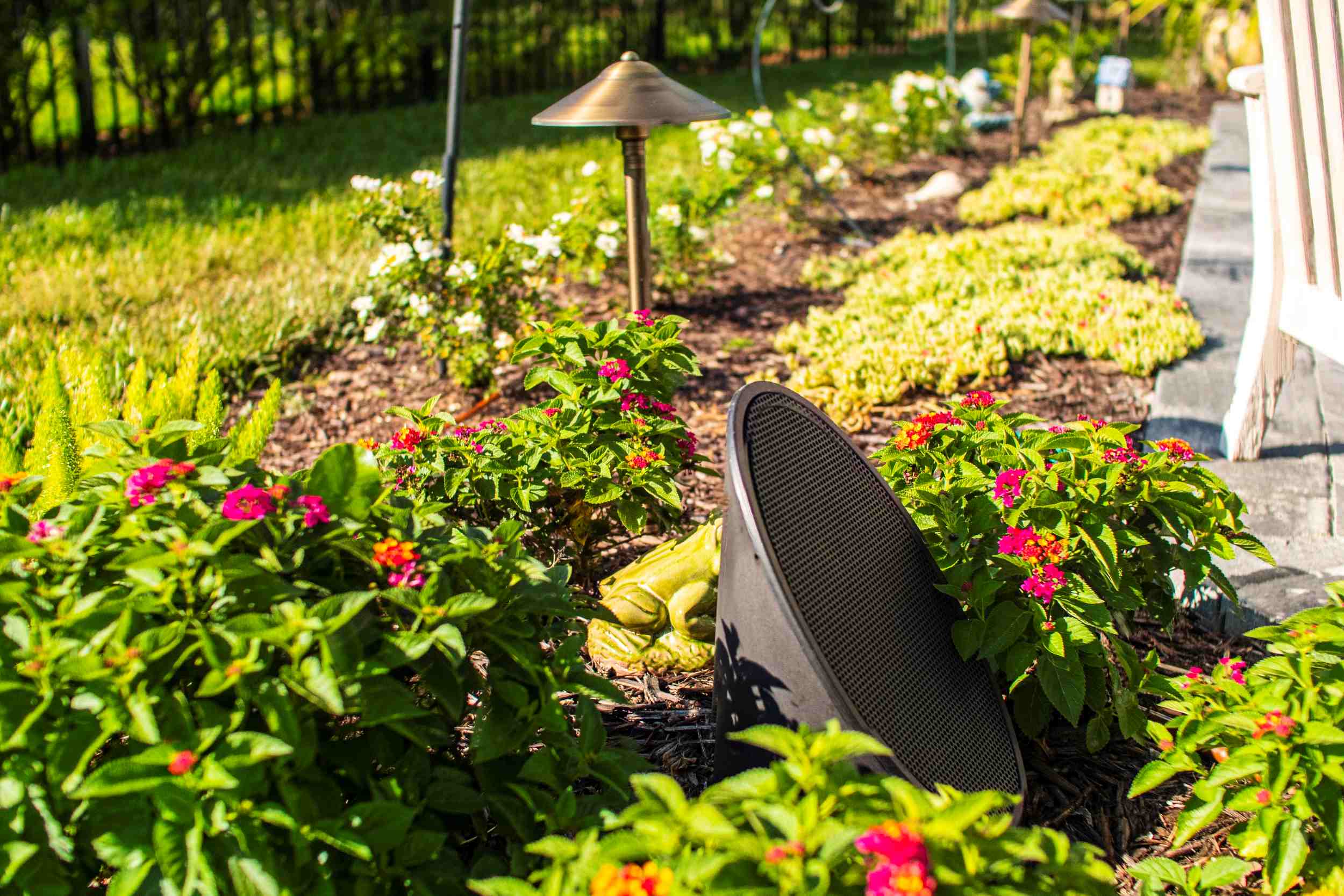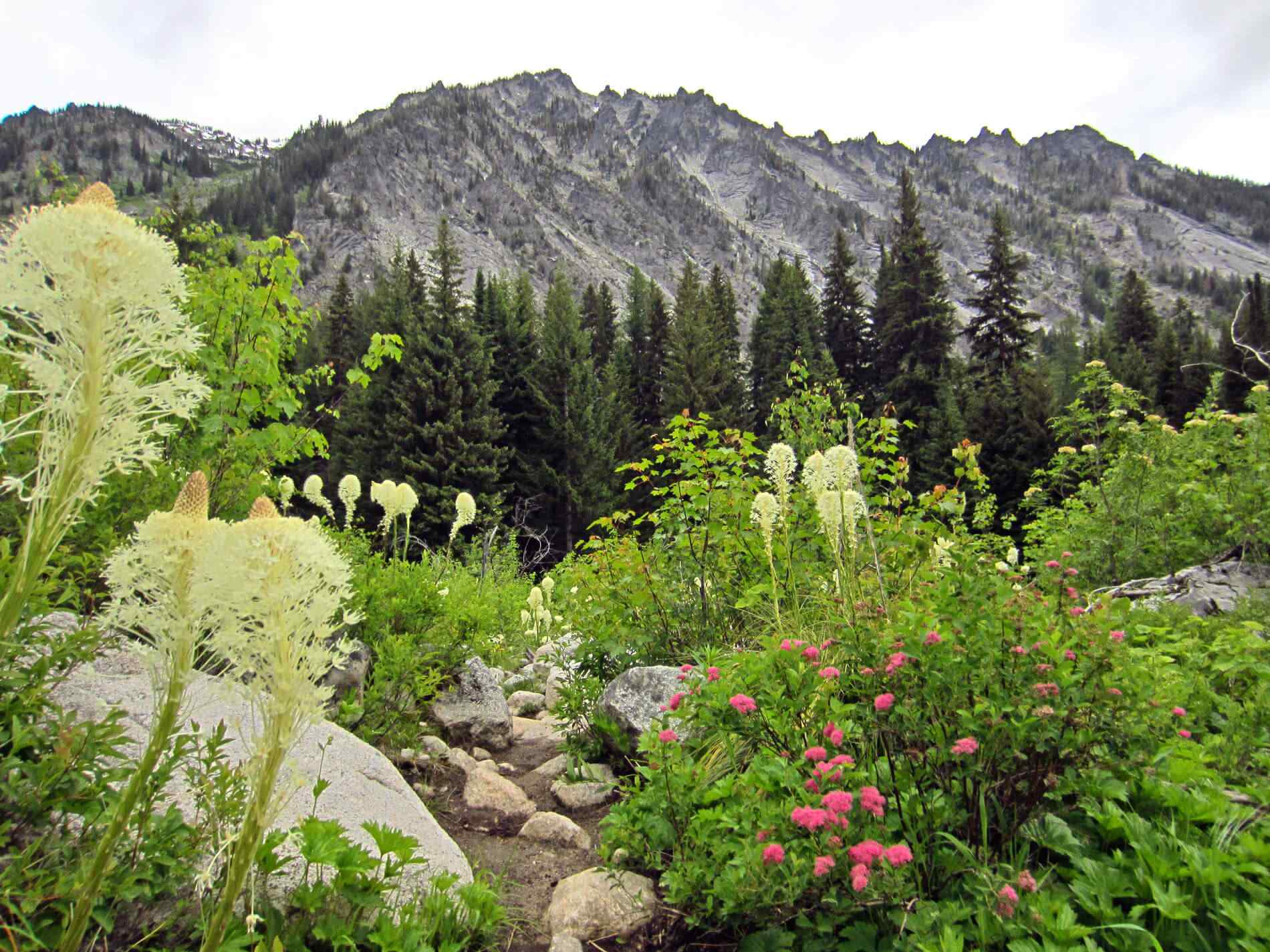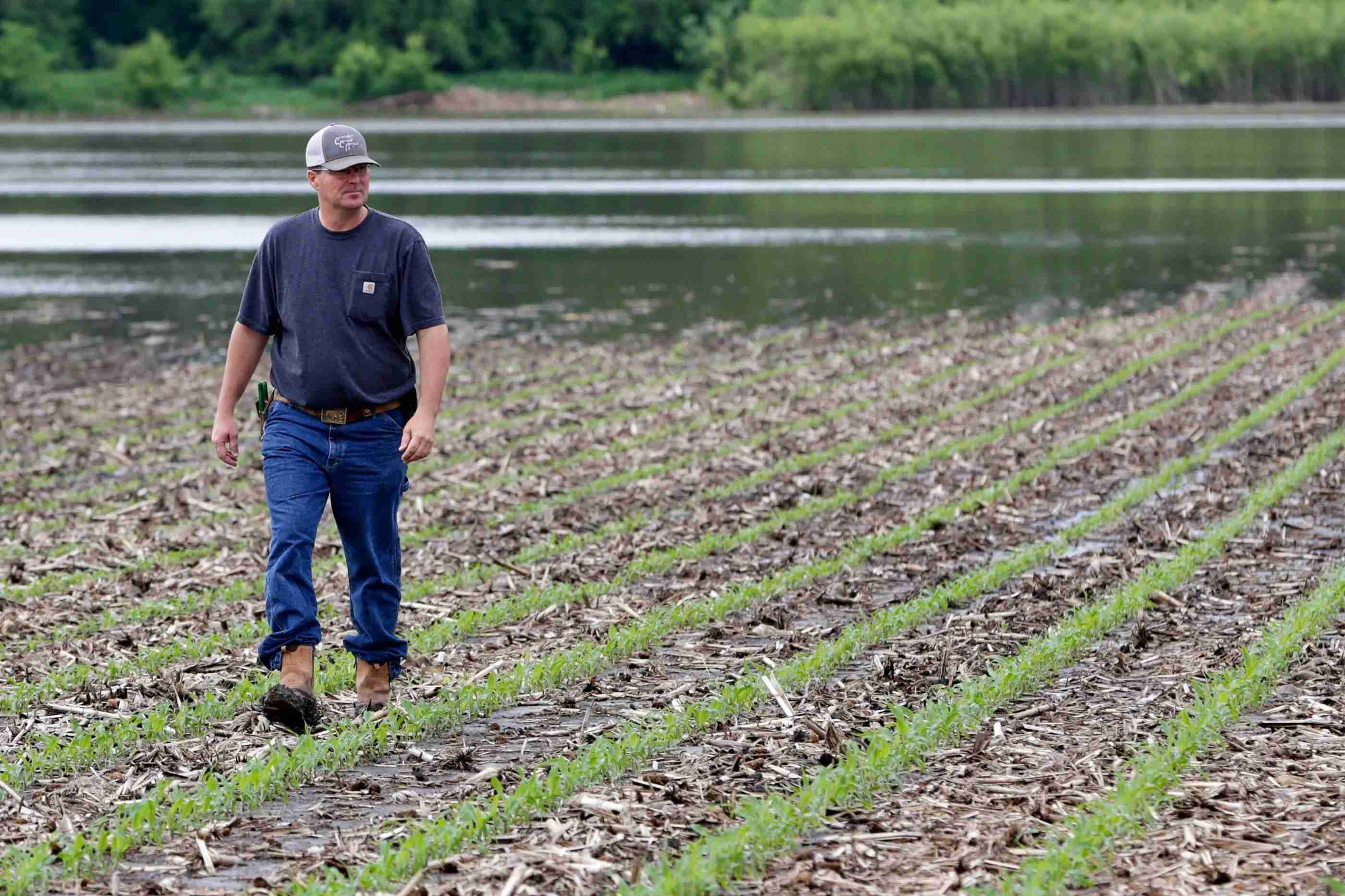Home>Gardening Basics>Understanding Soil>What Is Texas Planting Zone


Understanding Soil
What Is Texas Planting Zone
Modified: January 22, 2024
Discover the Texas planting zone and gain a deeper understanding of soil. Explore the ideal conditions for growing plants and enhance your gardening knowledge.
(Many of the links in this article redirect to a specific reviewed product. Your purchase of these products through affiliate links helps to generate commission for Chicagolandgardening.com, at no extra cost. Learn more)
Table of Contents
Introduction
When it comes to gardening and cultivating plants, understanding the soil is crucial. Soil forms the foundation for plant growth, providing essential nutrients, water, and a medium for roots to anchor themselves. By gaining a deeper understanding of the soil, you can optimize your gardening practices and achieve more successful and bountiful harvests.
Soil is a complex and dynamic ecosystem that consists of organic matter, minerals, air, water, and millions of microorganisms. Each component plays a significant role in determining the soil’s fertility, structure, and drainage capabilities. Different types of soil have varying properties, such as texture, pH level, and nutrient composition, which impact plant growth and overall garden health.
By comprehending the intricacies of soil, you can make informed decisions on fertilizing, watering, and selecting the right plants for your garden. Whether you’re a seasoned gardener or just starting, understanding soil can help you overcome challenges and optimize your gardening efforts.
In this comprehensive guide, we will explore the various aspects of soil and how it affects plant growth. We’ll delve into topics like soil composition, types of soil, soil testing, and soil amendments. Additionally, we’ll provide practical tips and techniques to improve your soil quality and foster healthy plant growth.
So, if you’re ready to unlock the secrets of soil and take your gardening to the next level, let’s dive in and discover the wonders that lie beneath our feet!
Understanding Planting Zones
Planting zones, also known as hardiness zones, are geographical areas that are determined based on their climate conditions. These zones help gardeners and horticulturists understand which plants are most likely to thrive in specific regions. The United States Department of Agriculture (USDA) has divided the country into several planting zones based on average minimum winter temperatures.
Planting zones are typically represented by a numerical scale or a map. Each zone is assigned a specific number based on the average annual minimum temperature in that area. These numbers range from 1 to 13, with 1 being the coldest zone and 13 being the warmest.
The primary purpose of planting zones is to guide gardeners in selecting plants that are adapted to their local climate. Different plants have different temperature tolerances, and by knowing your planting zone, you can choose plants that are more likely to survive and thrive in your area. This knowledge is especially important when it comes to choosing perennials, trees, and shrubs, as these plants will stay in your garden for years to come.
Planting zones are not solely determined by temperature. Other factors such as altitude, humidity, and sunlight exposure also impact the overall climate of an area. It’s important to note that planting zones are just a general guide and that microclimates can exist within a larger zone. Factors such as the presence of buildings, bodies of water, or mountainous terrain can impact the local climate and create slight variations in temperature.
Knowing your planting zone can help you make informed decisions about which plants to grow and when to plant them. It provides valuable information on the average lengths of growing seasons, typical frost dates, and the likelihood of extreme weather conditions. By selecting plant varieties that are well-suited to your zone, you increase the chances of successful growth and reduce the risk of plants being damaged by unfavorable conditions.
While planting zones are a valuable tool, it’s important to remember that they are just one piece of the gardening puzzle. Other factors such as soil type, water availability, and sunlight exposure should also be considered when planning your garden. However, understanding your planting zone is a great starting point that can inform and guide your gardening decisions.
Importance of Planting Zones in Texas
Texas, being a large and diverse state, has a wide range of climates, soils, and growing conditions. Understanding the planting zones in Texas is crucial for successful gardening and landscaping projects. The importance of planting zones in Texas cannot be overstated, as it helps gardeners select plants that are well-suited to their specific region and ensure optimal plant growth.
One of the primary reasons why planting zones are important in Texas is because they provide valuable information about the average minimum winter temperatures in different areas of the state. Texas has a diverse climate, with some regions experiencing frost and freezing temperatures in winter, while others have a more mild climate. Knowing the planting zone for your specific location helps you identify plants that can withstand the winter temperatures and reduce the risk of frost damage.
Moreover, planting zones in Texas can help gardeners determine the duration of the growing season in their area. Texas is known for its long and hot summers, but the lengths of growing seasons can vary significantly across the state. By knowing your planting zone, you can plan your planting and harvesting schedule accordingly to maximize the productivity of your garden.
Additionally, understanding planting zones in Texas allows gardeners to select plants that are adapted to the local conditions. Different regions in Texas might have specific soil types, humidity levels, rainfall patterns, and sunlight exposure. By choosing plants that are well-suited to your planting zone, you can ensure optimal growth and reduce the risk of plants struggling or failing to adapt to the local environment.
Another important aspect of planting zones in Texas is water conservation. Texas is no stranger to droughts and water scarcity issues. By selecting plants that are suitable for your specific planting zone’s climate and water availability, you can create a more sustainable and water-efficient garden. Plants that are adapted to the local conditions require less water and are more likely to thrive in the long run.
Overall, understanding the planting zones in Texas is essential for successful gardening and landscaping projects. It provides valuable information about temperature ranges, growing seasons, plant adaptability, and water conservation. By considering your planting zone when selecting plants, you can create a thriving and beautiful garden that is well-suited to the unique conditions of your specific region in Texas.
Texas Planting Zones
Texas is a vast state with diverse climates and various growing conditions. The state is divided into multiple planting zones, each with its own set of temperature ranges and climatic characteristics. These planting zones can help gardeners and landscapers determine which plants are best suited for their specific region in Texas.
The planting zones in Texas are primarily based on the average minimum winter temperatures experienced in each zone. The U.S. Department of Agriculture (USDA) has divided Texas into nine distinct planting zones, ranging from Zone 6 in the panhandle region to Zone 10 in the southernmost parts of the state.
Here is a breakdown of the planting zones in Texas:
- Zone 6: This zone covers the far northwest corner of the state where winters can be extremely cold, with average minimum temperatures ranging from -10 to 0 degrees Fahrenheit.
- Zone 7: Zone 7 includes much of the Texas Panhandle and parts of West Texas. The average minimum temperatures in this zone range from 0 to 10 degrees Fahrenheit.
- Zone 8: Zone 8 covers a large portion of Central and South Texas, including cities like Austin and San Antonio. The average minimum temperatures in this zone range from 10 to 20 degrees Fahrenheit.
- Zone 9: This zone includes the rest of South Texas, the Coastal Bend region, and parts of the Rio Grande Valley. The average minimum temperatures in Zone 9 range from 20 to 30 degrees Fahrenheit.
- Zone 10: Zone 10 covers the southernmost parts of Texas, including the Gulf Coast and the Lower Rio Grande Valley. The average minimum temperatures in this zone range from 30 to 40 degrees Fahrenheit.
It’s important to note that these planting zones should serve as a general guideline for selecting plants. Variations in microclimates, local weather patterns, and specific conditions in your garden may also influence plant suitability. Therefore, it is always recommended to consult local resources, nurseries, and gardening experts to get more accurate and region-specific information.
By understanding the planting zones in Texas, you can confidently choose plants that will thrive in your specific region. Plants that are well-suited to your planting zone are more likely to withstand extreme temperature fluctuations and are better equipped to adapt to the local climate.
As a gardener or landscaper in Texas, being aware of the planting zones can greatly enhance your gardening success and ensure the long-term health and vitality of your plants.
Factors Affecting Texas Planting Zones
Several factors influence the planting zones in Texas, resulting in variations in climate and growing conditions across the state. Understanding these factors can help gardeners make informed decisions about plant selection and cultivation techniques in their specific Texas planting zone.
1. Temperature: Temperature is one of the most significant factors determining planting zones. Texas experiences a diverse range of temperatures, from extreme heat in the summer to freezing temperatures in some parts during the winter. The average minimum winter temperatures play a crucial role in establishing the different planting zones across the state.
2. Elevation: Elevation affects temperature and influences planting zones in Texas. Higher elevations tend to be cooler, while lower elevations can experience hotter temperatures. Areas with higher elevations in Texas, such as the Davis Mountains or the Guadalupe Mountains, may have unique microclimates that differ from the surrounding regions.
3. Proximity to Water: The Gulf of Mexico and other bodies of water significantly impact climate and planting zones in coastal regions of Texas. Areas along the Gulf Coast experience more moderate temperatures due to the moderating effect of the ocean. This allows for longer growing seasons and milder winters compared to inland regions.
4. Rainfall Patterns: Rainfall patterns vary across the state, which affects the availability of water for plants. Regions with more rainfall can support a wider range of plants, while areas with limited rainfall may require drought-tolerant species. The variance in rainfall patterns contributes to the establishment of different planting zones and influences the types of plants that can thrive in each zone.
5. Soil Type and Composition: Soil plays a crucial role in plant growth and determines the suitability of certain plants in different regions. Texas has diverse soil types, including clay, sandy, and loamy soils, each with unique characteristics. Factors such as drainage, fertility, and nutrient content influence the suitability of plants for specific planting zones.
6. Microclimates: Microclimates can exist within larger planting zones and are influenced by factors such as buildings, slopes, or vegetation cover. These localized climate conditions may deviate from the broader planting zone’s average temperatures, allowing for the successful cultivation of certain plants that are otherwise not typical for the surrounding region.
Understanding the factors that influence planting zones in Texas empowers gardeners to select appropriate plants and implement suitable cultivation practices. By considering these factors, gardeners can create thriving gardens that are well-suited to their specific Texas planting zone and maximize the success of their gardening endeavors.
Recommended Plants for Texas Planting Zones
Texas’s diverse planting zones offer a wide range of opportunities for gardeners to grow an array of beautiful and vibrant plants. Whether you have a green thumb or are a beginner in gardening, selecting the right plants for your Texas planting zone is essential for successful cultivation. Here are some recommended plants for the various planting zones in Texas:
- Zone 6: In this coldest planting zone, consider plants that are highly cold-hardy, such as Russian sage, Russian olive, or various types of native grasses like big bluestem or switchgrass.
- Zone 7: Plants suited for this zone include Mexican bush sage, rosemary, lantana, and autumn sage. Crocus bulbs and daffodil bulbs are also ideal for adding bursts of color to your garden in early spring.
- Zone 8: This zone offers a wide range of plant choices, including black-eyed Susans, salvias, esperanza, agave, and yucca. Consider adding native Texas trees such as live oak, cedar elm, or Mexican plum for shade and visual interest.
- Zone 9: Plants like bougainvillea, hibiscus, passionflower, and esperanza thrive in this warm region. Palm trees and citrus trees are also popular choices for adding a touch of tropical beauty to your landscape.
- Zone 10: This zone offers a long growing season and is ideal for tropical and heat-loving plants. Consider planting varieties like queen palm, bird of paradise, bougainvillea, and plumeria for a lush and tropical oasis.
Keep in mind that these are just a few examples of recommended plants for each planting zone. It is always beneficial to consult local nurseries or gardening experts to get a more comprehensive list of suitable plants for your specific region within the planting zone.
Additionally, consider using native Texas plants in your gardens. Native plants are adapted to the region’s climate, soil, and wildlife, making them excellent choices for creating sustainable and low-maintenance landscapes. They also provide habitat and food sources for native birds, butterflies, and other wildlife.
When selecting plants for your Texas planting zone, also consider factors like sun exposure, soil conditions, and water requirements. Native plants, once established, often require less water and minimal fertilization, making them environmentally friendly choices for your garden.
By choosing plants that are well-adapted to your specific Texas planting zone, you can create a beautiful and thriving garden that brings joy and natural beauty to your outdoor space.
Conclusion
Understanding soil and planting zones is fundamental for successful gardening and landscaping in Texas. By delving into the intricacies of soil composition, types, and amendments, you can optimize your garden’s health and productivity. Additionally, knowing your Texas planting zone allows you to select plants that are well-suited to your local climate, ensuring their adaptability and long-term growth.
Planting zones in Texas vary from Zone 6 in the coldest regions to Zone 10 in the warmest. Each zone has its own temperature ranges and climatic factors that influence plant selection and cultivation practices. Consideration of factors like temperature, elevation, proximity to water, rainfall patterns, soil type, and microclimates helps determine the specific planting zone for your area.
With knowledge of your planting zone, you can confidently choose plants that are best suited to the local conditions. From cold-hardy varieties for Zone 6 to tropical plants for Zone 10, there is a plethora of options available. It’s important to consult local resources and gardening experts to identify the most suitable plants for your specific Texas planting zone.
Furthermore, incorporating native Texas plants into your garden provides numerous benefits. Native plants are well-adapted to the local climate and require less water, fertilizer, and maintenance. They also promote biodiversity, attracting native wildlife and supporting the ecological balance of the region.
Overall, by understanding soil and planting zones, you can make informed decisions about plant selection, cultivation techniques, and conservation practices. By nurturing your garden in harmony with the local ecosystem, you can create a thriving and sustainable oasis that brings joy and beauty to your outdoor space in Texas.










